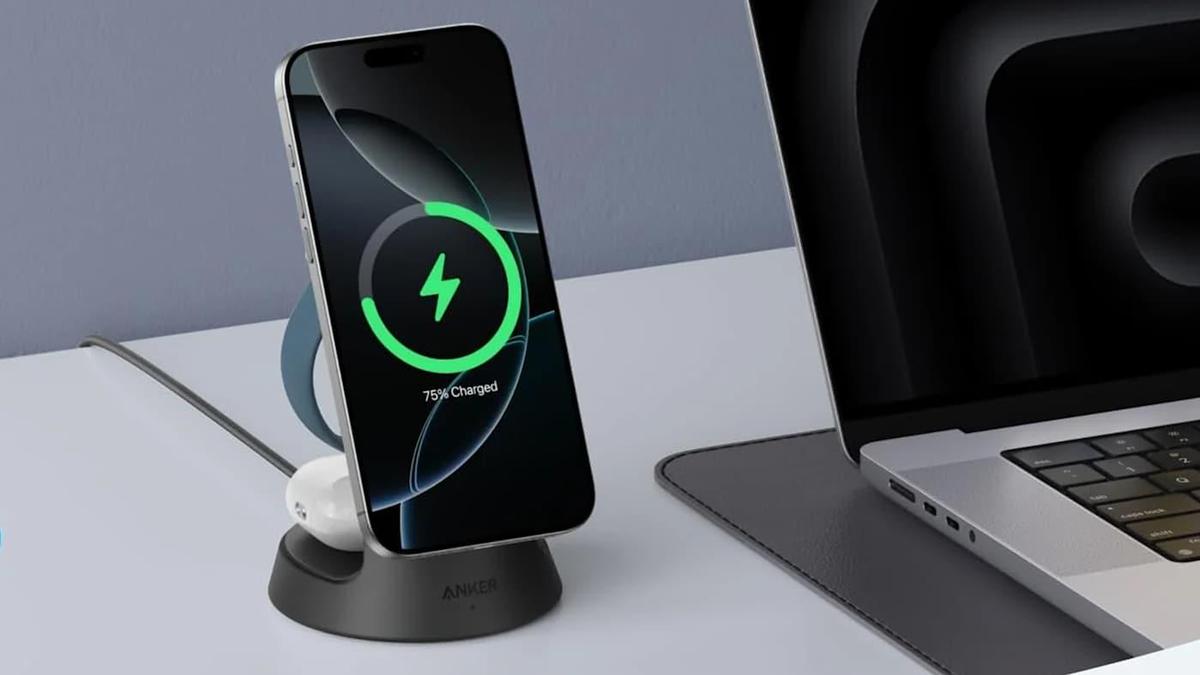Moon Phase August 2025: A Guide to Lunar Observation
Understanding the Moon Phase on August 16, 2025
Ever look up at the night sky and wonder what’s happening with the moon? The moon’s appearance changes constantly, cycling through different phases as it orbits Earth. Let’s take a look at what the moon will look like on August 16, 2025, and explore the fascinating world of lunar observation.

What’s the Moon Doing on August 16, 2025?
According to NASA, on August 16, 2025, the moon will be in its Third Quarter phase, also known as the Last Quarter. This means that approximately 46% of the moon’s surface will be illuminated. Think of it as a half-moon, but with the left side lit up.
This phase marks a point in the lunar cycle where the moon’s visibility is decreasing. It’s on day 23 of its roughly 29.5-day journey. The lunar cycle is a continuous process, and the Third Quarter is just one step in this beautiful dance.
Spotting Features on the Third Quarter Moon
Even with only a portion of the moon lit, there’s still plenty to see! Here are some features you might be able to spot:
- With the naked eye: Try to catch a glimpse of the Aristarchus Plateau, the Tycho Crater, and the Copernicus Crater. These are large, prominent features that can be seen under the right conditions.
- With binoculars: Step up your game and look for the Archimedes Crater, Alphonsus Crater, and the Clavius Crater. Binoculars will reveal more details and bring these features into sharper focus.
- With a telescope: If you have access to a telescope, you’re in for a treat! Look for the Apollo 12 landing site, Reiner Gamma, and the Schiller Crater. A telescope will provide the best views and allow you to explore the moon’s surface in greater detail.
When is the Next Full Moon?
Mark your calendars! The next full moon after August 16, 2025, will occur on September 7, 2025. This is when the entire face of the moon will be illuminated, making it a spectacular sight.
Understanding Moon Phases
The different moon phases we observe are caused by the changing angles between the Sun, Earth, and Moon as the Moon orbits our planet. NASA explains that the lunar cycle takes about 29.5 days. We always see the same side of the moon, but the amount of sunlight it reflects changes depending on its position. This is what gives us the different phases.
Here’s a quick rundown of the eight main moon phases:
- New Moon: The moon is between the Earth and the sun, making it invisible from Earth.
- Waxing Crescent: A small sliver of light appears on the right side of the moon (in the Northern Hemisphere).
- First Quarter: Half of the moon is illuminated on the right side.
- Waxing Gibbous: More than half of the moon is lit, but it’s not yet full.
- Full Moon: The entire face of the moon is illuminated.
- Waning Gibbous: The illuminated portion of the moon begins to decrease from the right side.
- Last Quarter (Third Quarter): Half of the moon is lit, but this time on the left side.
- Waning Crescent: A thin sliver of light remains on the left side before the moon goes dark again.
Why Study the Moon? Unique Insights
Beyond its beauty, studying the moon offers valuable insights into the history of our solar system. Lunar rocks brought back by Apollo missions have revealed information about the early Earth and the formation of the moon itself. Scientists continue to analyze lunar data to learn more about our celestial neighbor and its influence on our planet.
Actionable Takeaway: Start Moon Gazing!
Grab a pair of binoculars, download a stargazing app, and head outside on a clear night. The moon is a fascinating object to observe, and you don’t need expensive equipment to enjoy it. Track the moon’s phases and try to identify some of the features we discussed. You might be surprised at what you discover!
FAQ About Moon Phases
Q: How long does a full lunar cycle take? A: Approximately 29.5 days.
Q: Do we always see the same side of the moon? A: Yes, due to tidal locking, the moon rotates at the same rate it orbits Earth.
Q: What causes the different moon phases? A: The changing angles between the Sun, Earth, and Moon as the Moon orbits Earth.
Q: Is it safe to look at the moon with binoculars or a telescope? A: Yes, but never look directly at the sun with binoculars or a telescope without proper solar filters.
Key Takeaways
- On August 16, 2025, the moon will be in its Third Quarter phase.
- The Third Quarter moon is about 46% illuminated.
- You can spot craters and plateaus on the moon with the naked eye, binoculars, or a telescope.
- The next full moon after August 16, 2025, will be on September 7, 2025.
- Understanding moon phases helps us appreciate the dynamic relationship between the Sun, Earth, and Moon.
So, get ready to observe the moon on August 16, 2025, and continue exploring the wonders of the night sky!
Source: Mashable



